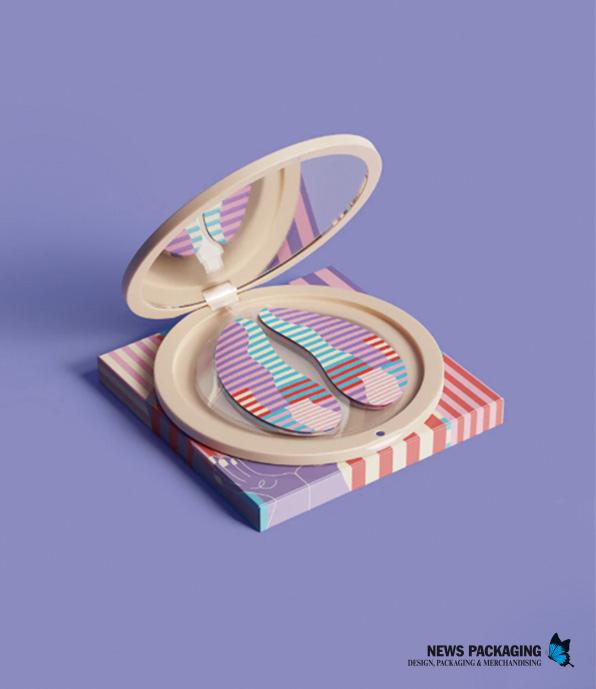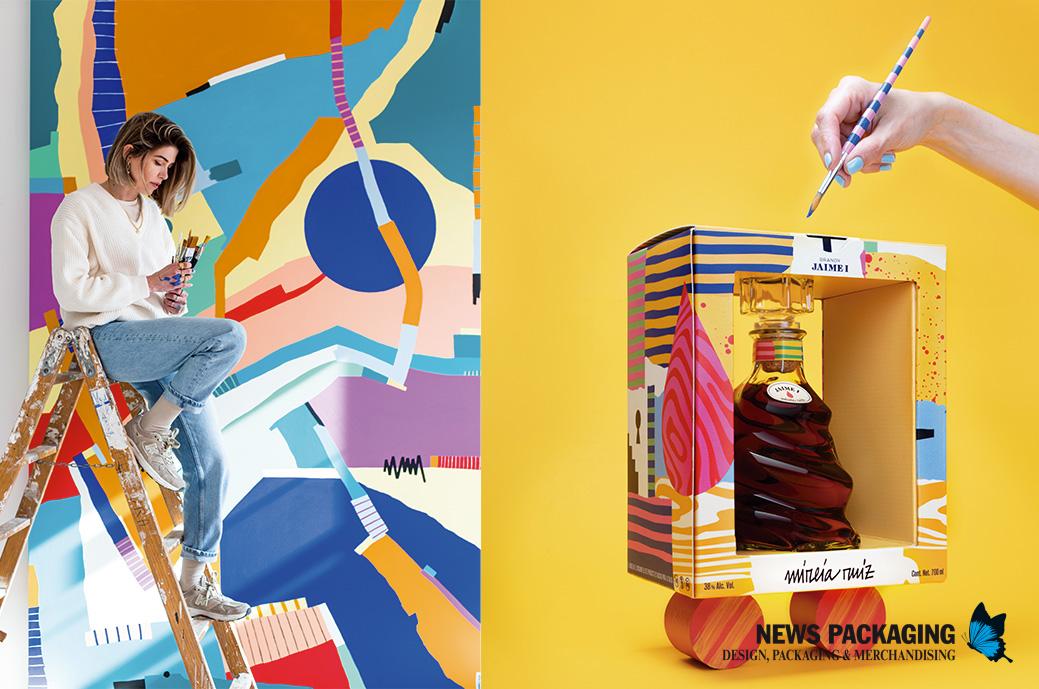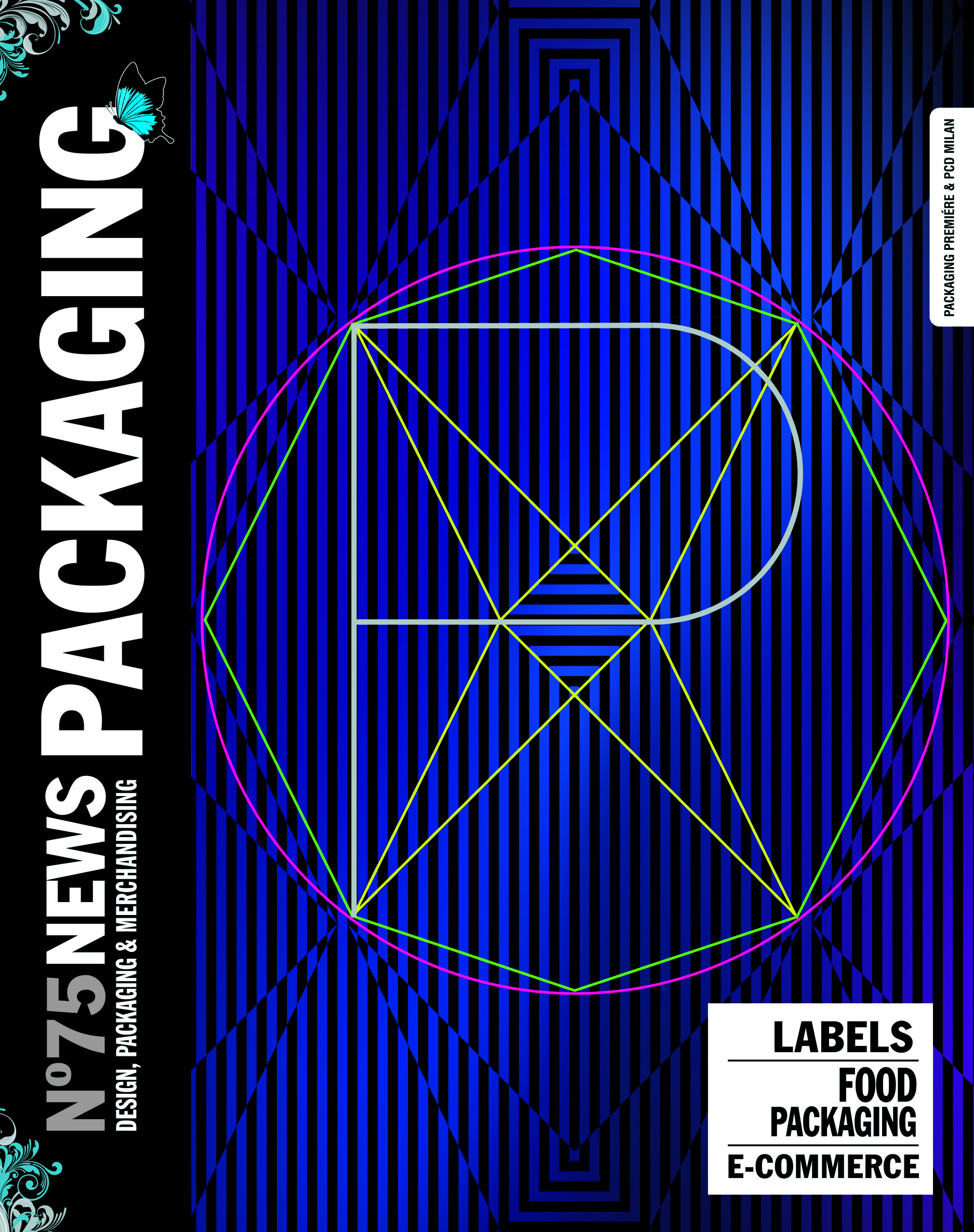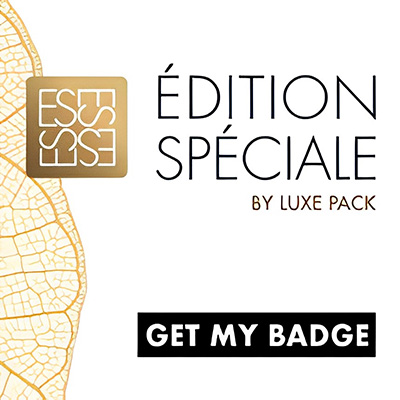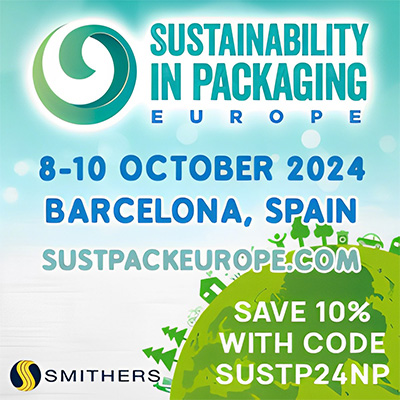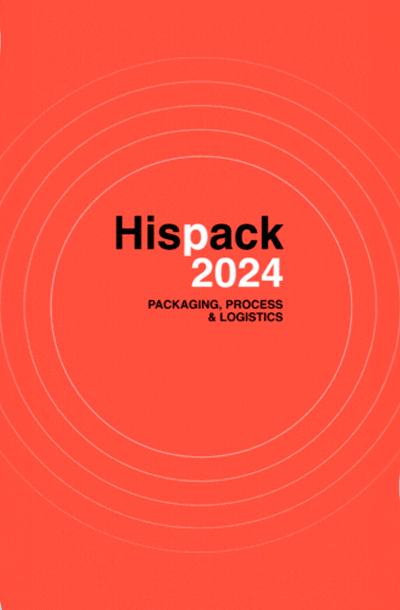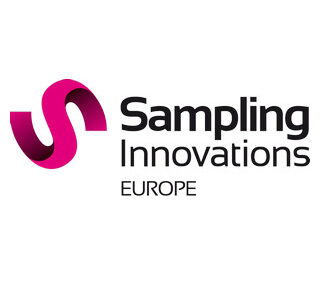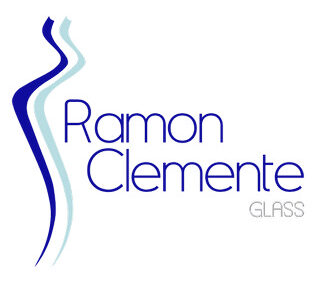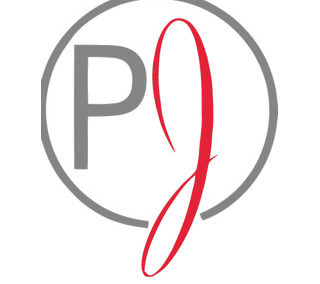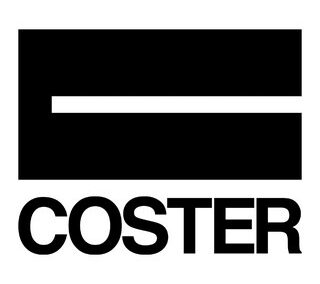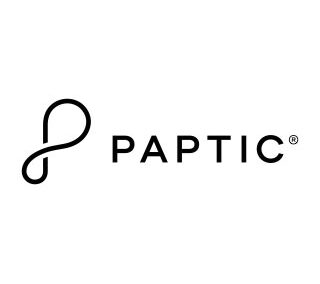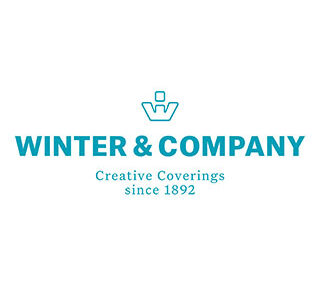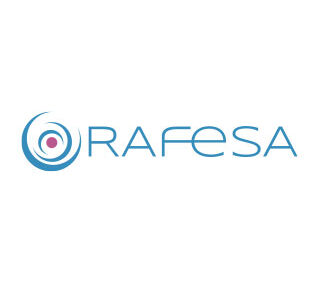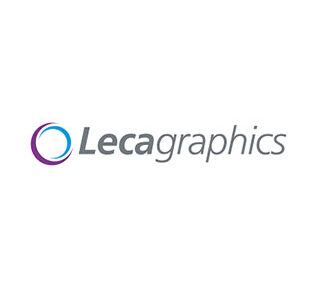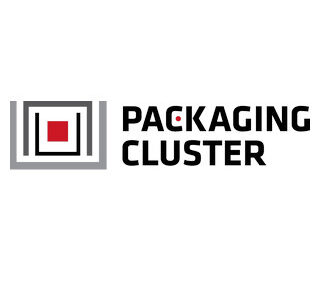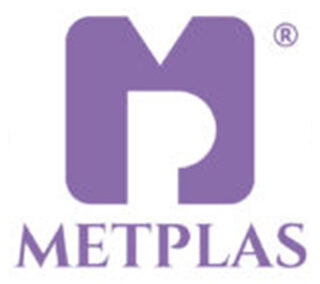«Emotions can also arise when faced with good design»
Mireia Ruiz is a plastic artist who lives and works in her studio in Barcelona. Today she dedicates herself to her artistic passion, addressing the use of color as a communicative tool.
You have studied graphic design, but you are, above all, self-taught, is that correct?
My training is in graphic design, but I have actually learned self-taught in various fields such as: photography, product scenography and fine arts. I consider myself a curious person and I like to learn new techniques and tools to carry out my ideas and projects. As a teacher I encounter students who are stressed about verifying that their choice in studies has been the correct one, as something immovable, I try to give them my experience as an example. It is normal and should not be scary that a person throughout their life can change their profession and add new ones.
knowledge.
He now teaches classes at IDEP. What do things look like on the other side?
I observe many fears, mainly distrust in their creative abilities. I focus a lot on reinforcing that part, I try to make them see their strong points, not just the weak ones. And I insist that it is a long-distance race, school is training for the world of work. I insist a lot on self-projects to demonstrate what they are capable of creating without waiting for the perfect assignment. These unexpected results that come from one's own restlessness can attract clients who are seduced by that freshness and constancy. Consistency is essential in the creative world, I believe that facet has caused what I have achieved in my professional career.
For you, color is very important. Because?
Color is a visual language that affects the mood of the person who perceives it, for this reason I am interested in exploring the different chromatic ranges and how people react to color. Especially with the most saturated colors, which exalt many emotions and can worry you; On the contrary, neutral or analogous ranges relax, and keep you in a more comfortable environment.
I consider myself a child of the 80s and the explosion of color had a great impact on me, from the world of fashion, graphics or furniture. I fondly keep a book by the Memphis group, founded in 1981, designers, architects and graphic artists from Milan who gathered around the great Ettore Sttsass. They marked that explosion of bright colors, uniting unusual shapes and materials that make you dream in a provocative and creative environment.
And in a much more particular and personal way, color marked my entire childhood, since my mother obsessed me with combinations in my clothing. She had sneakers in almost every color that matched certain items in my closet. For me, color was a daily game, and in my adolescence I had times when I dressed completely in blue, red, pink...
All those experiences and influences are poured into my work. The chromatic choice in my projects is fundamental, I usually think about it a lot, and after that choice I am faithful until they are finished, I call it "the color pact." I think the key is not to be afraid of color and feel it, leaving aside the meaning that our culture may give it, since it can condition us. «Any color, no matter how much you hate it, if you practice it you can end up loving it.» This reflection is from Josef Albers, a reference in the practice of color, which he mentions in his book 'Color Interaction', and he is right.
We are involved in design continually, but art is more personal. Do you think art should always awaken emotions?
Design helps us communicate a message, helps us find solutions and has a specific function, it is limited to the brief, the client's communication needs and the understanding of the receiver, it is the connecting cable and it must work. On the other hand, art is structured based on the artist's message, but, unlike design, it can be less explicit, making it much freer. That is to say, there is a message, but the means of transmitting it may be so inconspicuous that that is why we talk about "feeling." If we think about it, feelings are more complex, and can be subjective, at the same time art can awaken different feelings depending on the recipient, and can even lead to personal reflections based on the artist's work. For me, art and design have a message, but in design it is more evident and in art it is more intuitive, the artist leaves you a certain freedom of interpretation, which is where feelings or emotions can be born. I think it's not about leaving emotions limited in the world of art, emotions can also arise in the face of good design. But to explain certain works of art it is easier to talk about them with feelings, especially if we talk about abstract art.
It is a quite complex topic, knowing that although art and design are not the same, they do interpellate on many occasions. And the freedom that art enjoys makes it easier to experiment in new visual languages, something that nourishes the world of design.
If they worked more hand in hand: art, design, engineering and science, many projects would be resolved in a more creative, functional and emotional way. I refer to this since there is always a tendency to separate professional profiles, something that is practiced at the Mit Media Lab in Massachusetts.
In his bio, he says that his main motivation is "to paint my works with color to convey a positive message and develop a parallel universe." What would this utopian universe be like?
A utopian universe would be empathetic, kind, respectful, peaceful... all those characteristics that make us good. That place is built in our mind, we can improve the present and bring it closer to utopia. Although reality is so complex and hard that it is difficult to imagine, I think that is why I build my own place through my works. Color is the visual tool that transmits that positivity, which is born from clean and authentic nature, which distances me from the darkness that we carry inside. We live suffering, greed, individualism, and a long etcetera of miseries that make us human at the same time. We are good and evil, we exercise good and evil, this struggle of forces has an end. I don't have the solution, I'm not a scientist, I'm not a politician, I don't have a notable position on the board, but I can project a certain energy through my work.
His work is mostly pictorial, acrylic on canvas, but also on paper or wood. To what extent are materials important?
Matter is important because it is tangible and limited. I have always liked working with paint because it has a transformative power. I paint objects that I find or rescue and give them another chance. We tend to throw away a lot of materials and we cannot afford that luxury. A task that I love is working with scraps, pieces or scraps of wood. Wood is a noble, finite material that needs time to grow. It hurts me to see chairs, planks, furniture in the trash, so I try to collect them and transform them into collages. It is a way like so many others of reusing the material, since, unlike the canvas where I establish what I want and how I want it, with this other process it is not what I want, but what I have, what is offered to me. For that reason I don't know what the work will be like in the end, it has a surprise effect for me, I don't decide part of the work, it is built with my decisions but I can't totally control it. That also makes me somehow struggle with the premises of perfection, no error, no experimenting and control... which can be suffocating.
He has exhibited, above all, in group exhibitions. For an artist, is it difficult to exhibit his work individually?
Actually the proposals I have received have been collective, and on the other hand, I have not proposed doing an individual exhibition. It is a more personal matter, I think due to lack of confidence and time, since I have always combined my artistic side with that of design or photography, for that reason I have not been able to concentrate on creating an exhibition that focuses on a theme and a set of works that express it. The good news is that this year I want to achieve it and, if everything goes well, at the end of the year I will have my second individual exhibition in Barcelona.
Do you think art is not valued enough? That is, at the school level, for example... Or at the social level, certain artistic manifestations such as street art...
Drawing is the first communicative tool that we use as children, before language. As you grow up, you tend to value technique, leaving freedom and experimentation aside. That's why you always hear people say "I don't know how to draw", I think it would be more correct to say: I don't like it or I do like it. Academically and socially, they teach you that if you do not reproduce proportions or light well, realism in particular, you are no longer useful. For me that is a mistake that personally conditioned me, there are many ways to express yourself artistically.
Art is not the profession that has the best reputation, we all know the lives of misery of many artists, even knowing the successful careers of some of the most famous. Something that surely happens in other professions, but art, as he points out, does not have the same value.
Perhaps it is something related to the value given to culture, when we know that we all need to feel, see, interpret and enjoy art. Speaking of street art, which can be annoying if it is not exercised with permission, I think that if muralism were encouraged in cities we could have an open-air museum, for everyone, it could fill the gray streets with life and reflection.
Of your clients and collaborations, do you remember any in particular?
The collaboration that I especially remember is the one I did with the Australian brand Gorman Clothing. Each season he collaborates with an artist, and from his work he creates a limited collection. Watching my paintings go from sitting on the wall, sitting still, transforming into prints and coming to life with fashion, was incredible. An experience that I fell in love with and I have continued collaborating with other clothing brands, it is an exciting feeling to dress in your own art. I was able to visit Melbourne and meet the entire team that made it possible, see the stores with my name on the windows, I felt very respected and valued. This collaboration opened the doors for many others.
How do you approach collaborations?
When I work for collaborations, regardless of the product to be treated, everything starts from my previous work. Before starting, I tell my clients to review my work, because I express myself in different ways, and send me those works that excite them the most. And then I start working with that base, then I send them the proposals and thus we get closer to a common result. Part of my job is to create to show what I can do.
All my projects are closely related to my imagination, so for me it is not very different to apply it in any format.
In packaging, the limited edition of Torres Brandy Jaime I stands out, with a case based on the paint of the barrel where the brandy ages. Can you tell us about this collaboration?
The collaboration for Torres Brandy has been a very interesting commission due to the intention and the format. That a prestigious brand highlights active artists is a very gratifying action for both parties. Since I love to paint, as soon as they explained to me that the challenge was to paint a barrel I was immediately excited, and knowing that I would be part of a special collection of many other artists, I did not hesitate to join the project.
To get inspired, I took a guided tour of their facilities and they explained to me in detail the entire process of making Jaume I brandy, a job that requires patience and time.
The first thing I saw were the vineyard fields, the earth and its texture, the grapes and their shapes, an ant that crossed my path... I usually pay attention to those types of details. Like the texture of the wood in the barrel, the brandy and its color, the reflections in such a special bottle, with curves and twists. But there was something that united us especially, time. To make that Torres brandy, you need time, perseverance and a place to pamper it, for that reason in my interpretation the hourglass appears, the ladder as a symbol of effort and a lock, a closed place for it to be made. All these elements, along with the textures and the vineyard fields, are intertwined in my work for Torres.
Have you done any other packaging work? He would like?
I have recently collaborated with the American brand Jaime Makeup, for the packaging of some eye contour patches. The proposal was very interesting because it designed the case and the box that accompanies it. Furthermore, they had already collaborated with an illustrator for other products and they greatly respected my style. For my part, I worked with their corporate color range. A language that I understand, that of brands and branding, since my training as a graphic artist allows me to organically apply my art in a way that fits with the brand.
I love establishing this type of collaborations, it enriches me that my art adapts to different formats, be it packaging or textiles or another proposal. In the end a painting hangs on a wall, collaborations allow you to reach more audiences and make me get out of the monotony.
What are your next projects?
I have a project that I'm crossing my fingers to see happen, because it would make me happy, but I can't talk about it yet. We have just started the year and there are already proposals, but at the moment they are collaborations that are not closed. As I mentioned, in the meantime, I will concentrate on my individual exhibition and on developing an important body of work to talk about the fortuitous fact of the encounter, not between people, but between people and things, how objects influence your environment.
